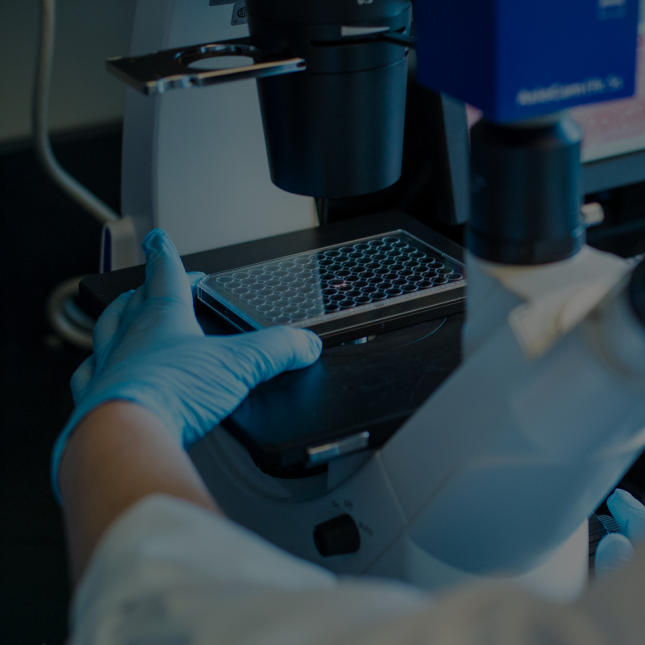Heparin is a naturally occurring carbohydrate that is isolated from the mucosal tissues of pig intestines. Fondaparinux, enoxaparin, and dalteparin are synthetically manufactured anticoagulants, with the latter two classified as low molecular-weight heparins. These drugs are used to prevent harmful blood clots that can lead to strokes or pulmonary embolisms.
USP offers documentary and reference standards for a variety of heparin products that can help speed their development and ensure their safety and efficacy during commercial manufacturing.




